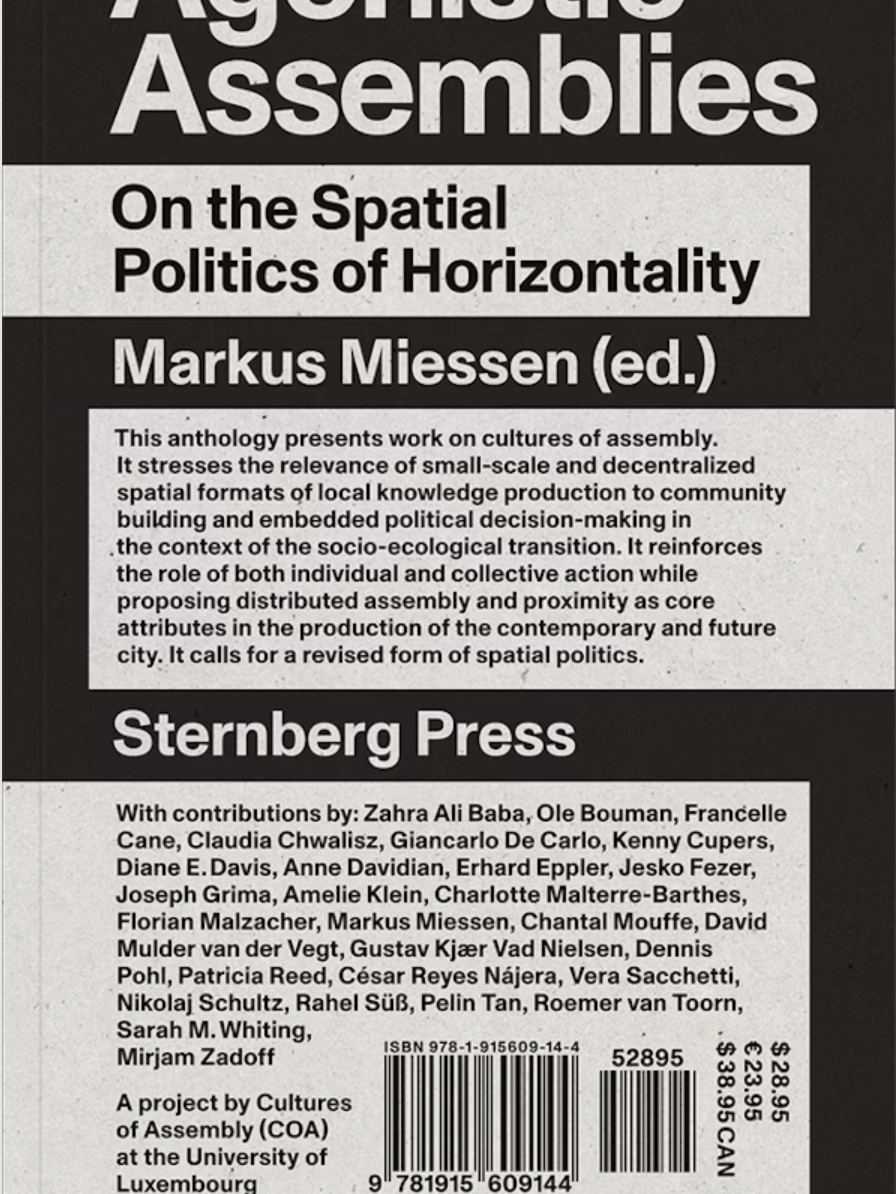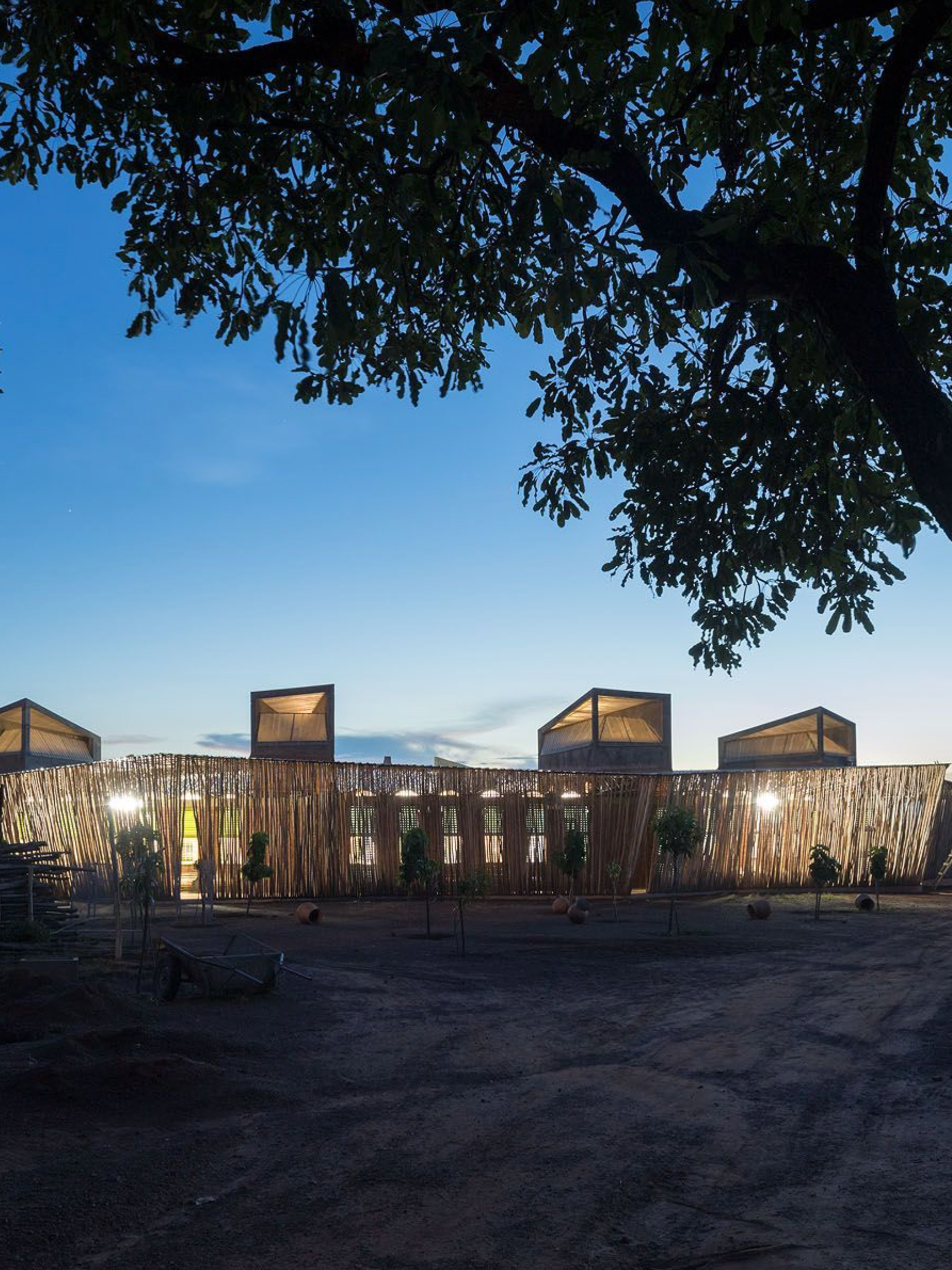Publication based on the international symposium held at KTH Royal Institute of technology, Stockholm, Sweden
Drawing on the symposium, contributors were asked to consider four topics based on their own insights and experiences. Questions could be responded to freely, and we encouraged a personal note. The topics and questions are as follows: A Societal relevance What makes research in architecture socially relevant? What makes it different or uniquely well-placed for addressing certain (societal) questions? Which strands, traditions, or emerging practices do you see as particularly important, and why? B Disciplinarity What importance (if any) do disciplines have in a cross-, inter-, and transdisciplinary age? What are the bene!ts, and the potential drawbacks, of educating PhD students from mixed vs. similar backgrounds? C Education What knowledges, competences, and skills are the most important ones to pass on to young researchers? What are the most important factors of a “thriving” doctoral programme? Any aspects that are overlooked and should receive more attention and care? D Future prospects What are the greater bene!ts (professional or personal) of pursuing doctoral studies and gaining a doctoral degree? What are the potential drawbacks?
Editors Catharina Gabrielsson, Gunnar Sandin & Isabelle Doucet colleagues in ResArc (Swedish Research school)
Article contribution UMA School of Architecture by Roemer van Toorn below:
Umeå School of Architecture Doctoral Programme
A
What is needed today is a new beginning, making the world more resilient while recovering and expanding its democracy. It concerns a future change of both the human and more-than-human habitat, one that recognizes the dangers of the pluri-crises we are confronted with, turning towards new horizons of possibility by addressing the impact of global warming, migration, war, inequality, identity, colonialism, nationalism, energy, technology, materiality, and digitalization.
To overcome the pluri-crises, we need to change our relationship with the physical and spatial world. This necessitates that architecture, urban design, landscape architecture, and their cultural technologies reinvent themselves. Only then we will be able to develop livable futures that constitute a good life for all.
To perceive and experience what new opportunities are possible in the current and future conjuncture—opting for a strategy based on global concern while acting locally—architectural research is of utmost relevance. It enables society to imagine how such a livable civil society could become a reality. After all, architecture remains one of the only spatial and visual expressions in everyday life, allowing us all to experience those projected other worlds and their distinct forms of organization and value, while simultaneously its architecture projections enable us to imagine another future that architecture’s particular techniques of realization allow.
B
Architects, more than any other educated group in society, must engage with both economics and biology, human collectives and geometry, history and matter, energy and desire, nature and artifice, technology and automation, care and pleasure, aesthetics and politics. From this perspective, architecture at its core can only be understood as relational and interdependent, operating across many different fields. Consequently, its research must inherently be cross-disciplinary, interdisciplinary, and transdisciplinary.
For a long time, transdisciplinary research analysed the complex realities that architecture is part of without developing alternatives routes for how architecture could have a positive impact. While learning from the humanities and the social sciences heavily steered architectural research, empowering a much-needed critical analysis of architecture, its research often foreclosed how architecture could contribute to change; how through architecture’s own zone of competences; the one of spatial, urban and landscape planning; infrastructure, construction, typology, tectonics, surface and volume, texture, light, material, colour and place emancipatory influence can be exerted through its performative design.
Now that we are living a rather alarming moment, even transdisciplinary research cannot continue to focus solely on critically examining the architectural consequences of the state of things. What must be taken in consideration is under what conditions, and with respect to what forces, architecture could become active and creative, rather than reactive or nihilistic in confronting the multi-crises of the world today. Such an architecture of polity is as much about thinking and practicing architecture, as cutting a path in the linear flow of history opening the way for some new yet unimagined possibilities, as it is about the discovery, and invention of new forms. Feeling lost and paralyzed, while celebrating the many crises in ever more beautiful prose, is no longer an option. Future research should explore how renewed ideas of societal value and architectural expression (form) can reconnect, daring to create spaces for lives of sustained optimal well-being and joy.
C
The PhD programme at UMA aims to educate architectural scholars who are not only deeply knowledgeable in their specific areas of research but also adept at navigating the complex intersections of architecture, urbanism, landscape, and technology from theoretical, historical, and practical perspectives within diverse cultural, social, and political contexts.
Its research is oriented toward the training of scholars in the study of architecture and urban design through technical, historical, theoretical, and natural scientific research and practice, as well as through a more artistic research approach that focuses on the critical analysis of the non-verbal artifacts of architecture beyond the written word. This is achieved by deploying different techniques of visualization and modeling. The programme specifically focuses on generating new knowledge that contributes to human and more-than-human interactions and experiences, as well as embracing the transdisciplinary nature of the subject and the object, celebrating a wide diversity of focal points and methodological choices.
At the Umeå School of Architecture, we champion forward-thinking and an inclusive environment where holistic, transdisciplinary, and innovative approaches are essential for addressing global challenges and opportunities within architecture and the built environment. Research and postgraduate education within the department are organized into four primary thematic areas: • Architectural Design, • Architectural History and Theory, and Critical Studies, • Landscape and Urbanism, • Building Construction, Materiality, and Computational Design.
Doctoral candidates are supported in positioning their research within a particular field of knowledge and its discourse, identifying gaps, contributing to the discourse and its practice through new knowledge, and participating in dialogues through various formats of dissemination. They also develop their unique research approaches and methodologies.
Furthermore, the programme focuses on cultivating the doctoral candidates’ capacity to independently advance their research and serve as significant and proficient research collaborators in projects that impact people's environments and life situations, encompassing environmental, technical, societal, cultural, and aesthetic perspectives. Through collaboration with peers, PhD students nurture and advance their individual projects within a supportive environment of collective research in Umeå, Sweden, as well as at other universities internationally. They also engage in dialogues and collaborations with the wider society, public sector, and industry.
D
Architecture research loses sight of its conditional nature and propositional power when it takes no risk in speculation and experiment, circulates as a form of administrative inquisition over the world paralyzing architecture practice. What our current society needs is a different kind of research – one that breaks open the conservative way space is experienced, thought, produced and distributed. This research should displace the binary dialectics of colonizer and colonized, the one against the other by introducing a third that belongs to both the one and the other while opening alternative horizons. Such an approach positions architecture as a vital ally of processes of emancipation addressing the multi-crises of our world today. It’s within this framework that a prospective future for doctoral researchers in architecture resides, both in practice and academy, as we face the urgent need to reimagine the world anew.
Roemer van Toorn, 2025
All contributions and introduction of the book can be found at: issuu.

